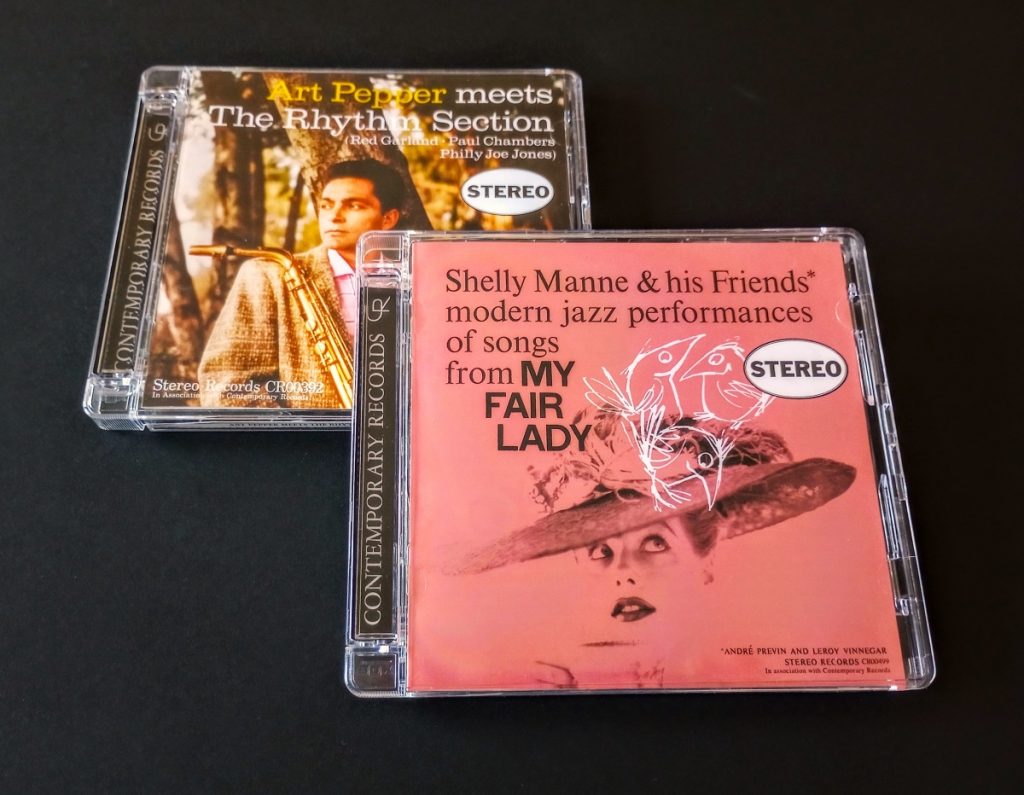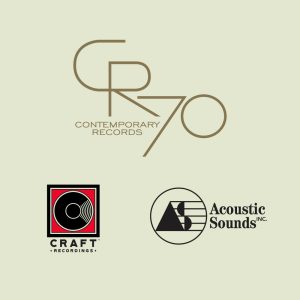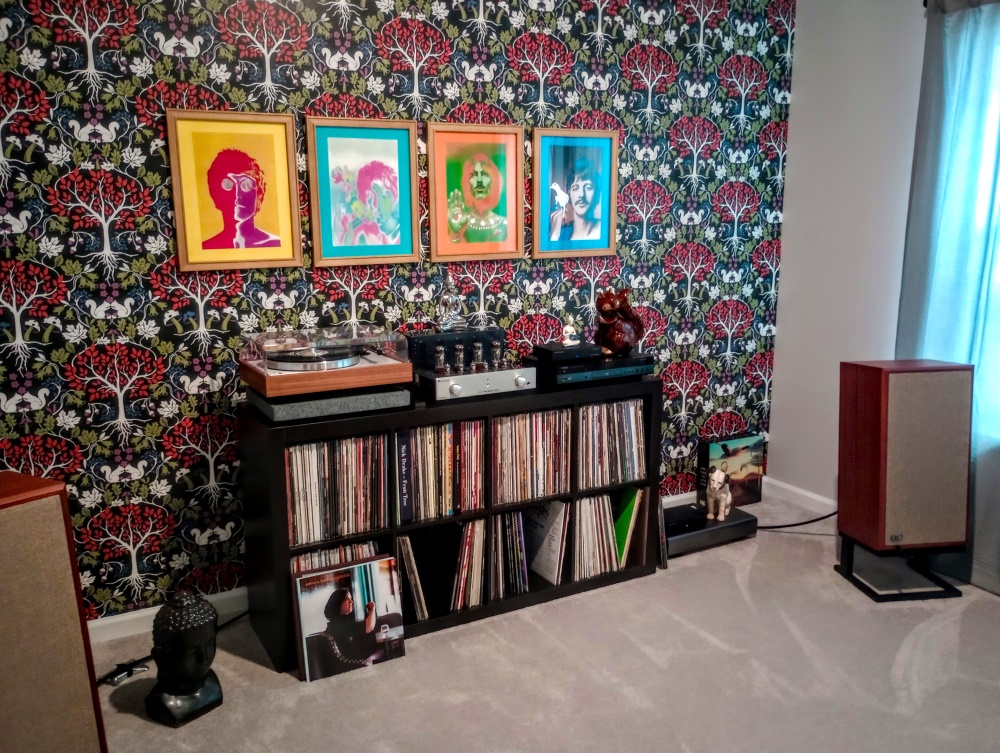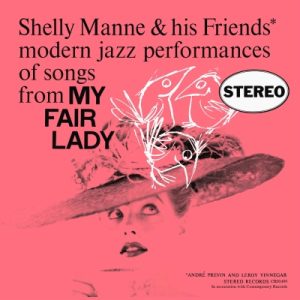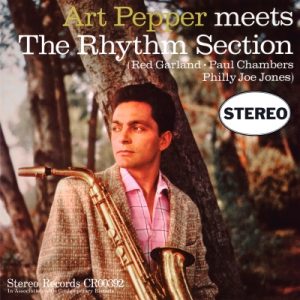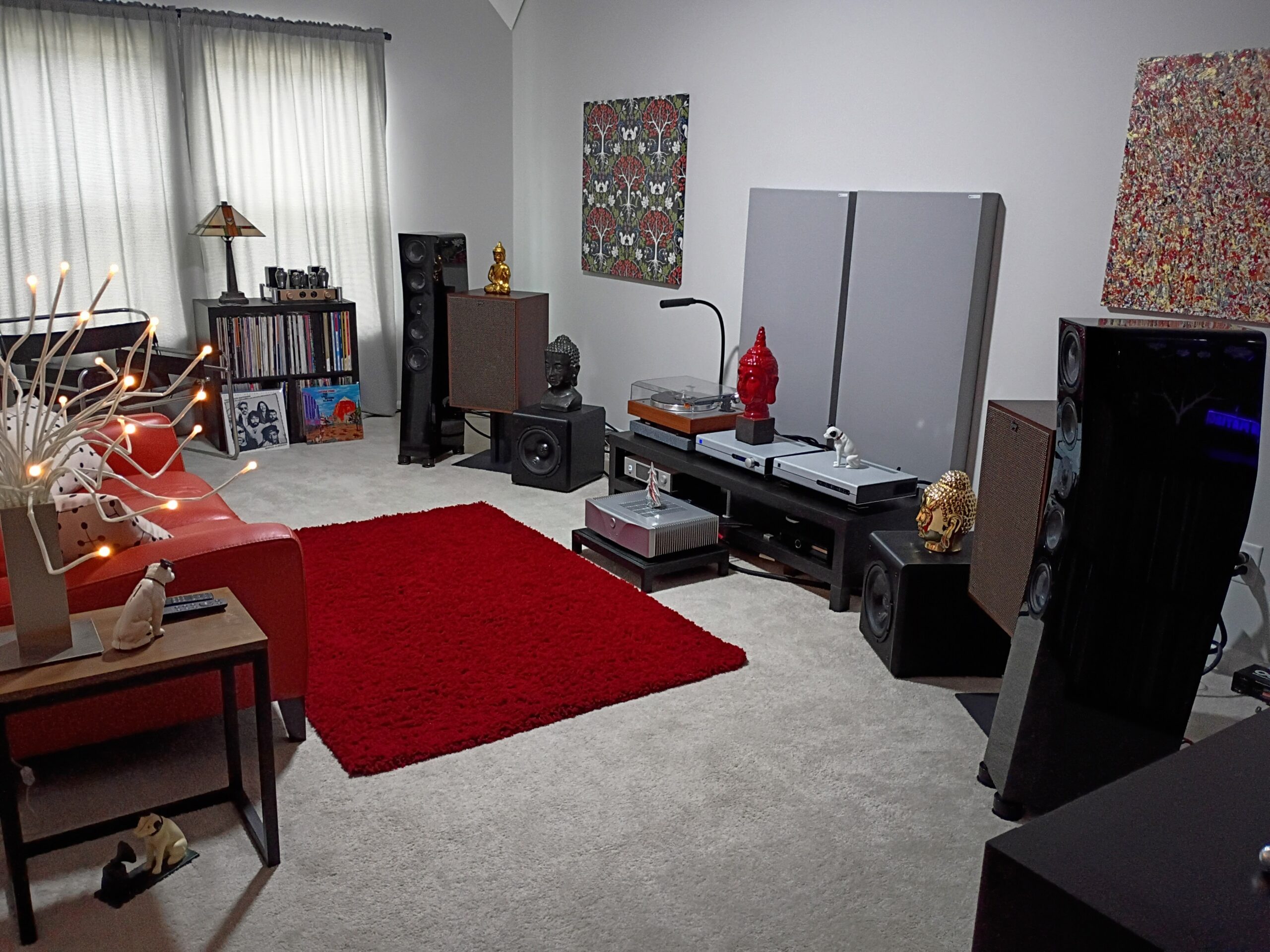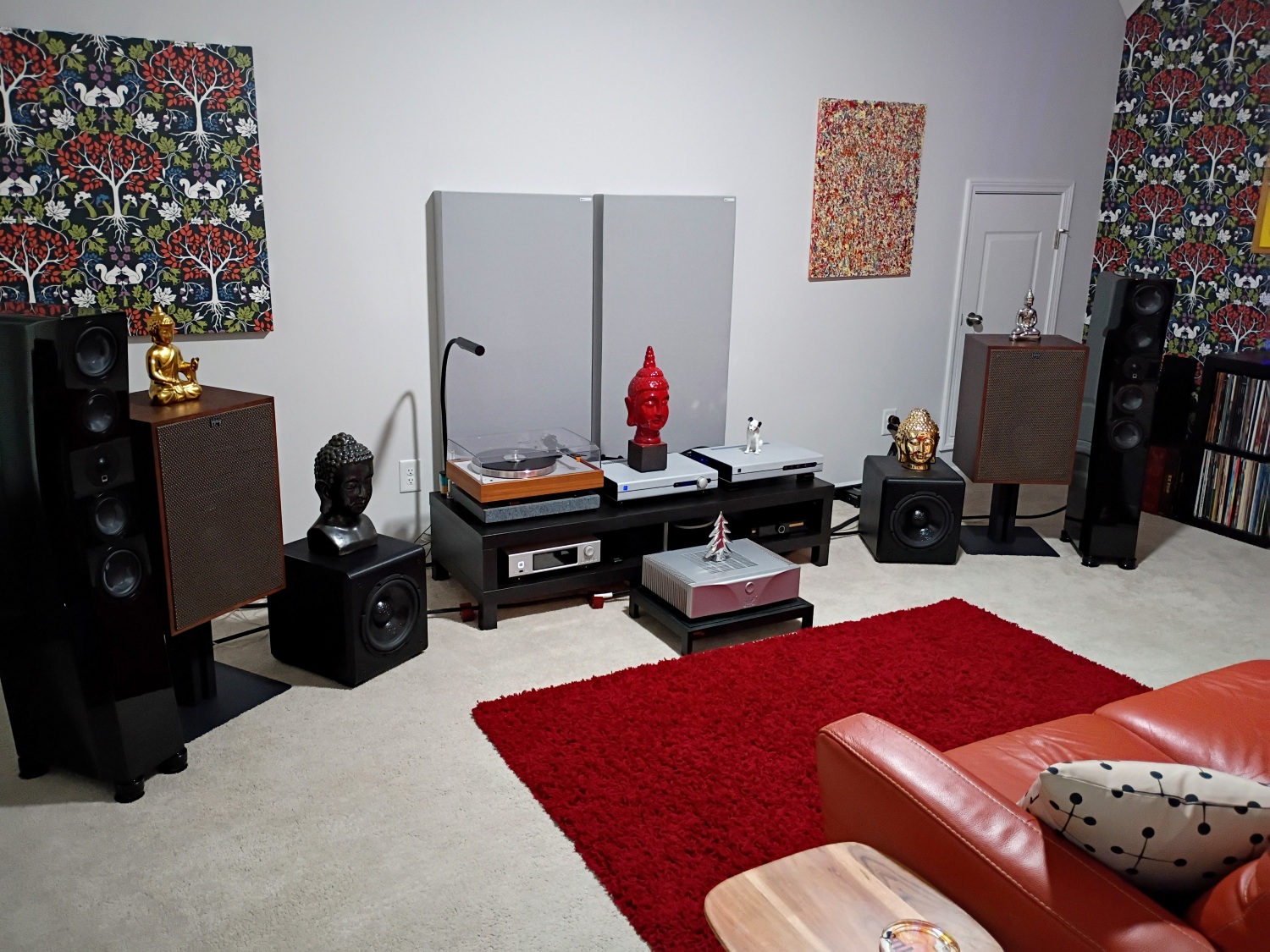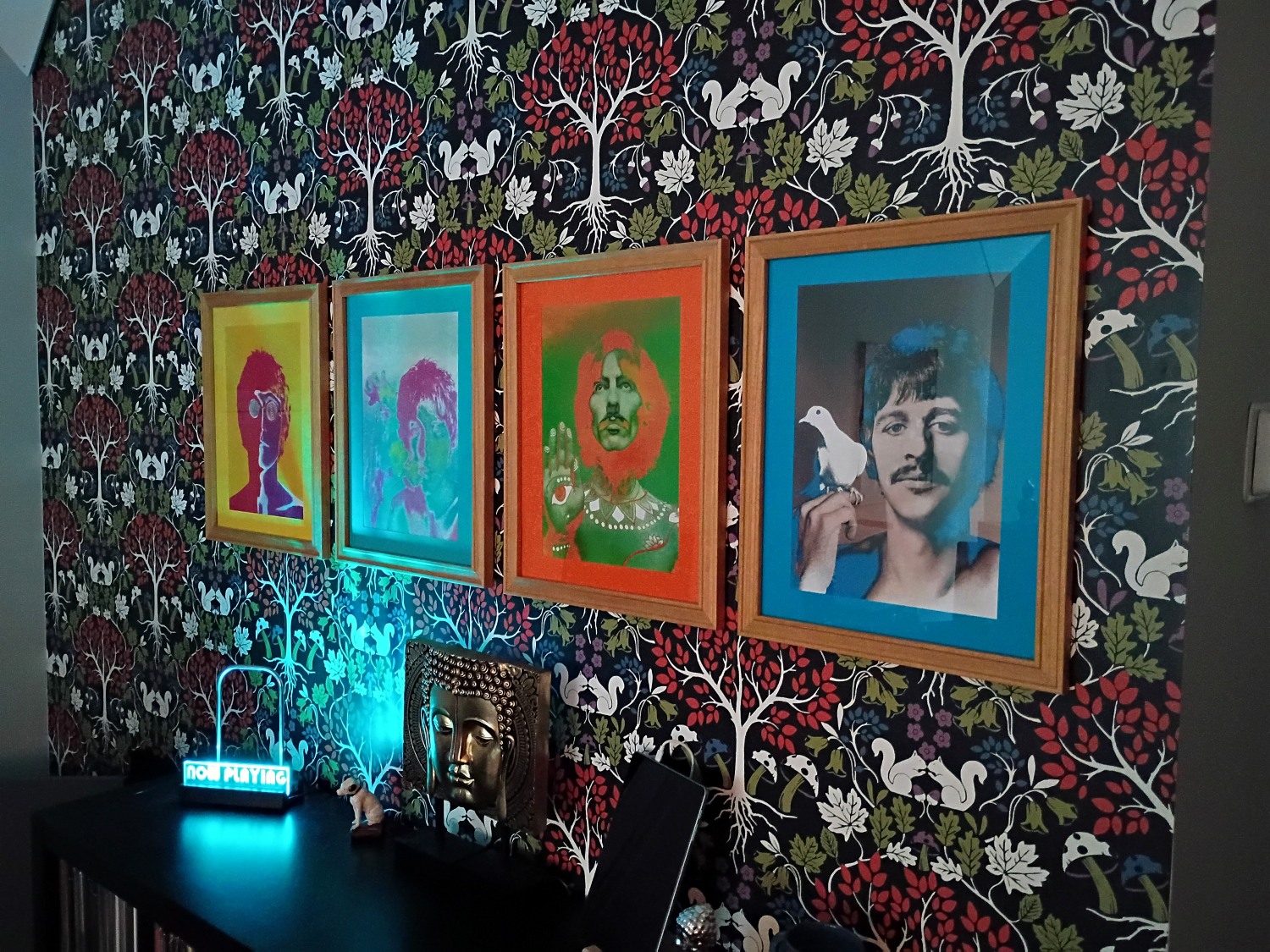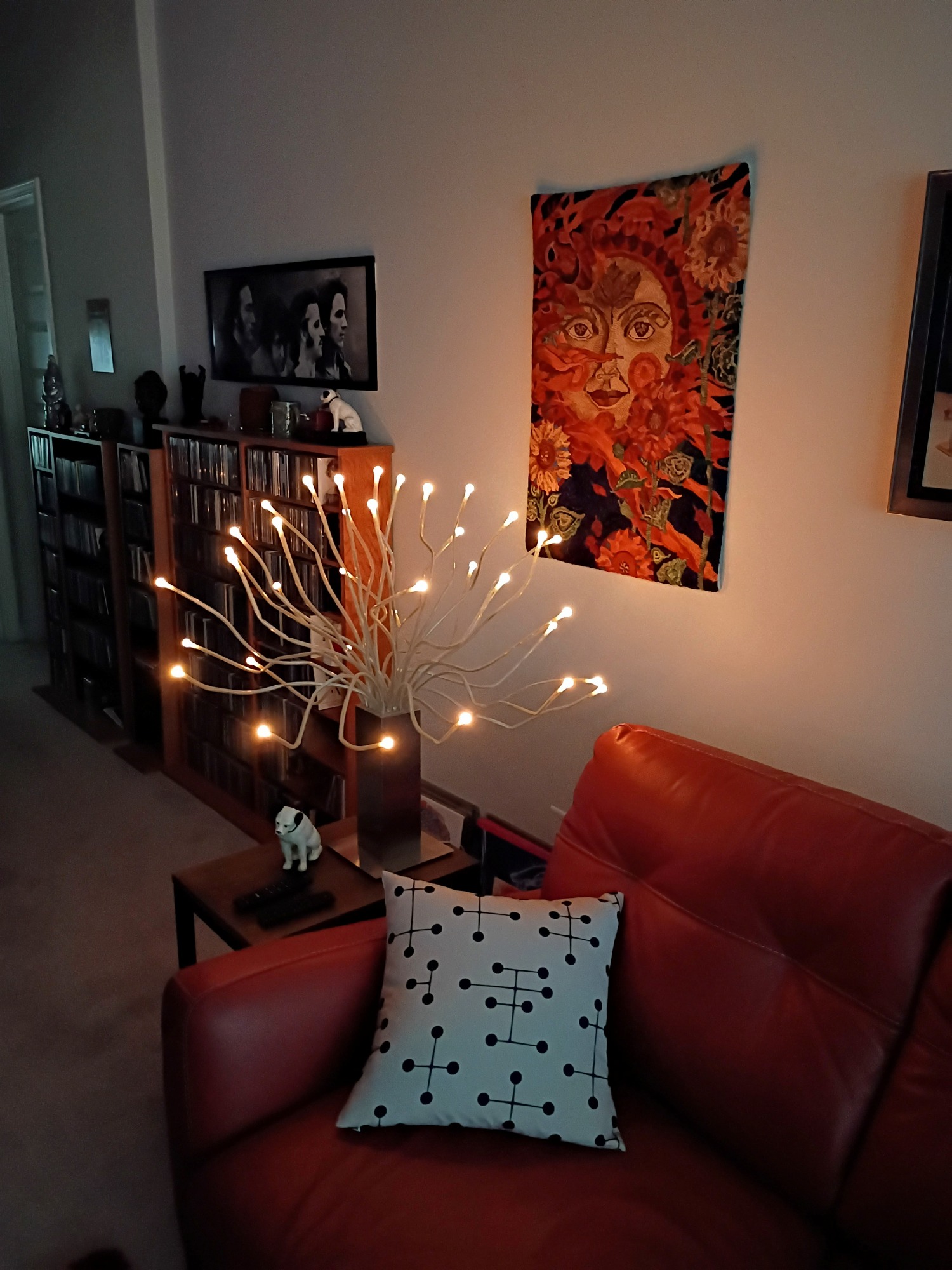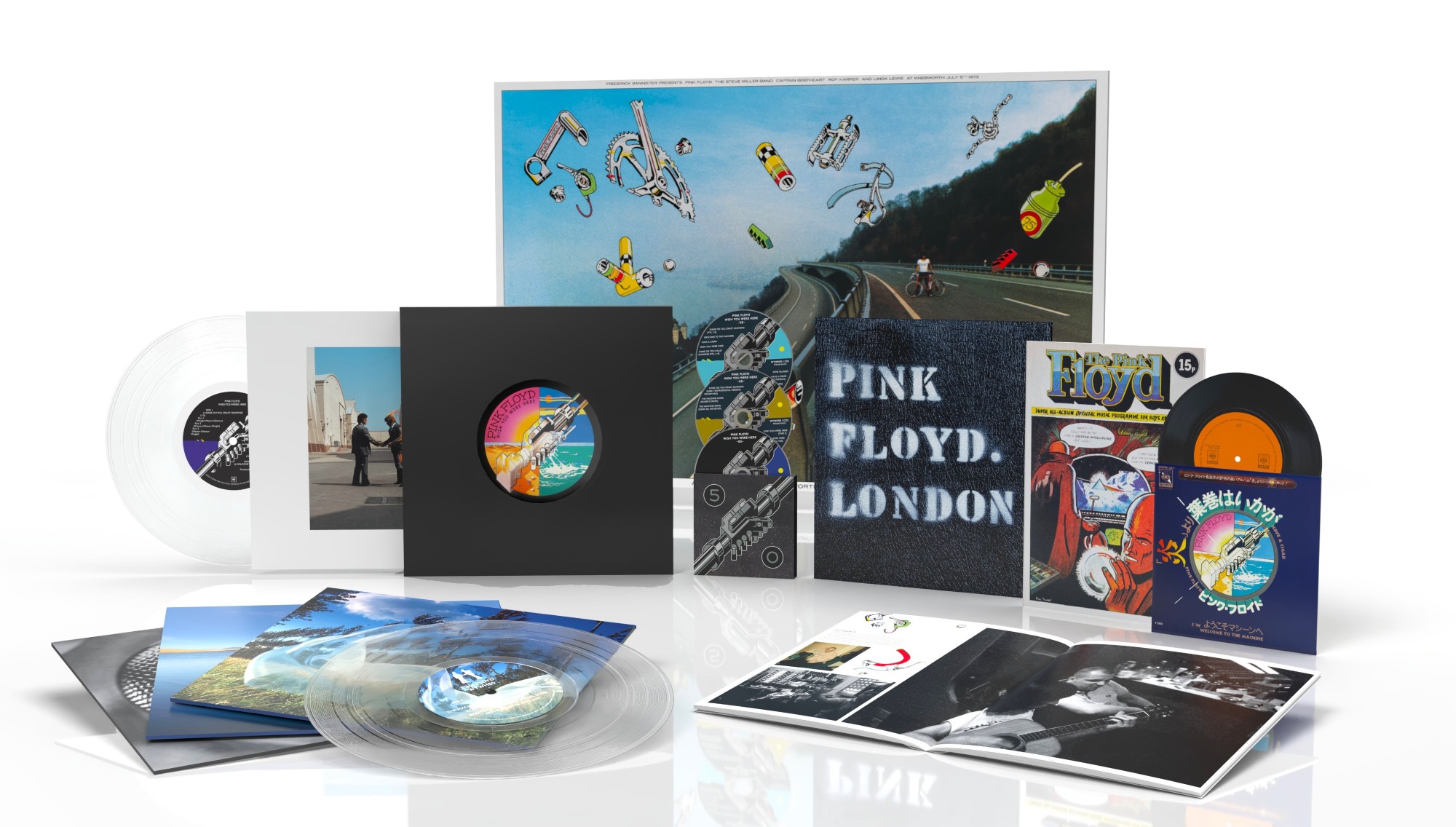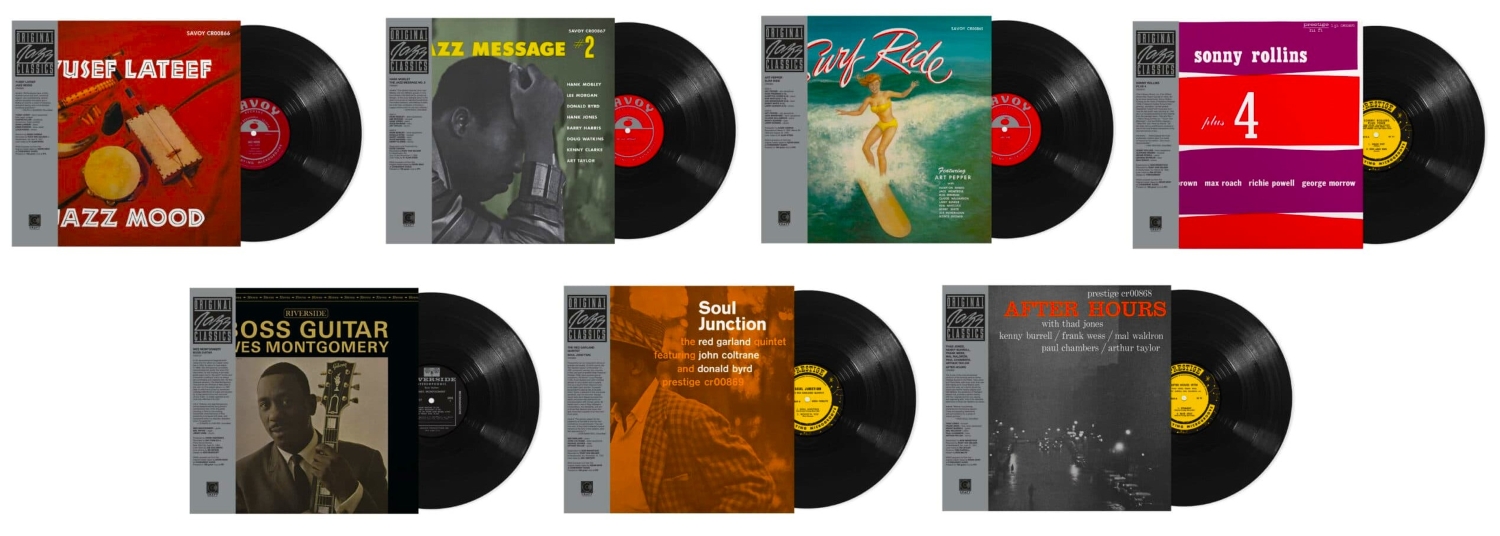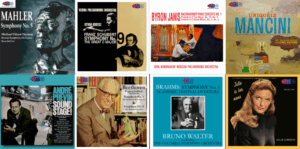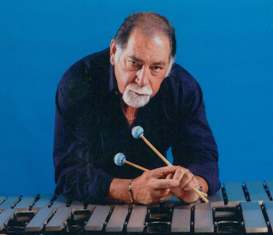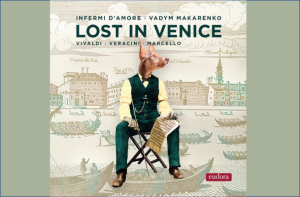Craft Recordings is beginning a new push with remasters and reissues of titles from the Original Jazz Classics (OJC) series from Concord Music's vast catalog of classic jazz from the Fifties, Sixties, and beyond. Many titles from the record labels that fall under the OJC umbrella rank among the finest ever recorded or released, and were laid down by some of the biggest names in jazz history. The importance of this new reissue series can't be overstated. When Jacob Mask of Craft Recordings reached out recently to ask if I'd be interested in taking a listen to some of their new offerings on 180 gram LP and Super Audio CD (SACD), I didn't hesitate, I told him I was definitely all in!
About Contemporary Records
The first group of reissues are from the Contemporary Records catalog, which celebrates its 70th anniversary with six classic titles from the likes of Art Pepper, Shelly Manne, Hampton Hawes, Barney Kessell and Benny Carter. Contemporary Records was founded in Los Angeles by Lester Koenig in 1951, and the label very quickly became identified with what was soon known as West Coast Jazz. A moniker that was exemplified by classic performances from a range of LA-based modernists like Art Pepper, Chet Baker, Shelly Manne, and Andre Previn, and later by East coast artists like Sonny Rollins who were looking to escape the constricts of the New York jazz scene. Contemporary was the first jazz label to begin releasing albums recorded in stereo as early as 1956. Surprisingly, a number of luminaries in the music business worked at one time for Contemporary Records, including Nesuhi Ertegun, writers Nat Hentoff and Leonard Feather, producer Joe Boyd, and even mastering guru Bernie Grundman.
Craft Recordings and Acoustic Sounds team up on this new reissue series
New all-analog masters for LPs and SACDs were created by Bernie Grundman from the original tapes at Bernie Grundman Mastering. The all-analog, 180 gram LPs are being pressed by Quality Record Pressings (QRP) in Salina, Kansas, and will be delivered in Stoughton Old Style tip-on jackets that will be very faithful to the originals. The SACDs are being manufactured for Concord Music and Craft Recordings, and will be authored for SACD by the likes of Stephen Marsh at Marsh Mastering and Paul Blakemore at Concord Mastering. This is a joint venture between Craft Recordings and Acoustic Sounds, and the first six Contemporary titles will be released scattered over the course of the year; pre-order links and more information can be found HERE.
The first two discs in the series to arrive were the SACDs for Shelly Manne & his Friends' Modern Jazz Performances of Songs from My Fair Lady (1956), and Art Pepper's Art Pepper meets The Rhythm Section (1957). Having a fair amount of experience with Contemporary Records' titles from this era, I knew before they arrived that the sound would exhibit what I've heard called a very left-right perspective. Both albums were recorded by Contemporary's Roy DuNann (Lester Koenig had stolen him away from Capitol Records in LA), and his style was often to place a single microphone on each performer on the record. And he also generally eschewed the use of any kind of reverb to artificially enhance the soundstage—his recordings were considered among the most natural-sounding of the period. That said, they often displayed a strong tendency to have the performers very focused in either the left and right channels. DuNann only mixed slightly between channels, and there's initially an impression of very little image in the center of the soundstage. This wasn't an uncommon practice in the early days of stereo, and you hear this approach on recordings from many labels of the era. Most LPs were still being issued in mono at that point, and with stereo still in its relative infancy, getting a great stereo spread was an obvious learning curve for producers.
Taking a first listen in my new audio setup!
I generally rip all SACDs to native DSF files for addition to my music server, and to allow for playback in my digital system. This approach provides a couple of advantages, especially where it allows me to hear the native DSD files with a digital processing chain of a slightly higher pedigree than a dedicated SACD player might be capable of. And it also allows me to hear the music on my two very different systems with relative ease. Barring that approach, the Yamaha SACD player I use in my system happens to be an exceptionally good-sounding unit.
I recently relocated from Atlanta to the Charleston, South Carolina area, and amazingly, I ended up with a suite of rooms dedicated to my audio obsession. The larger room features equipment that is predominantly focused on digital source material, and includes a pair of the new Magneplanar LRS+ loudspeakers and a REL sub. Preamplification is provided by a PS Audio Stellar Gain Cell unit, and the complement of amplification includes high-current and high-wattage models from PS Audio and Naiu Labs. The digital source focuses on a streaming stack from Euphony Audio (Summus and Endpoint units), along with a Gustard X26 Pro DAC and a matching Gustard C18 Precision Clock. I have the Magneplanar LRS+ loudspeakers very widely spaced, which for most material presents a very convincing illusion of reality. I began listening to the Contemporary SACDs on this system, but it very quickly became apparent to me that this room only served to spotlight the very left-right sound of the two recordings.
I then adjourned to the smaller analog room for the remainder of the evaluation period; it features a pair of KLH Model Five loudspeakers that are driven by a PrimaLuna tube integrated amplifier. The primary source in this room is a ProJect Classic EVO turntable that's fitted with a Hana SL moving coil cartridge that plays into a Musical Surroundings Phonomena II+ phono preamp with matching linear power supply. But the room also features a Yamaha BD-A1060 SACD player—it comes in handy for direct comparison between SACDs and their LP counterparts. The tube sound and point-source loudspeaker arrangement really complements recordings of this vintage, and the more intimate size of the room works perfectly in creating a more palatable soundstage for left-right recordings like these. I used the physical discs for evaluation in this room with excellent results; the room rendered a much more natural instrument placement and greatly enhanced my enjoyment of these classic discs.
Modern Jazz Performances of Songs from My Fair Lady. Stereo Hybrid SACD, $29.99 MSRP; digital downloads from $17.99 MSRP
1956's Modern Jazz Performances of Songs from My Fair Lady is a trio date that features drummer Shelly Manne accompanied by his frequent cohorts pianist Andre Previn and bassist LeRoy Vinnegar. The collection of songs from Lerner and Loewe's musical created something of a precedent in the jazz world; typically, performances of songs from Broadway or Tin Pan Alley took literally years before being embraced by the jazz community. Within months of their debut, Manne, Previn, and Vinnegar were playing the show's tunes to enthusiastic crowds as part of their regular performances. Within five months, they were in the studio, laying down the tracks that would become one of Contemporary Records first forays into stereo. It was also the first album to feature all-jazz performances from a single Broadway musical, became the most successful jazz album ever up to that point, and was one of Contemporary's all-time biggest sellers. Shelly Manne with Previn and Vinnegar made numerous attempts to replicate the level of success they achieved here, but the follow-ups fell short of this classic album's unprecedented success.
Being the older of the two recordings, this album suffers from a slightly elevated level of tape hiss, but that's not uncommon for recordings of this vintage. I listen to a ton of classic-era jazz LPs, and some tape hiss is basically part and parcel with the experience, and doesn't distract from my enjoyment of a particular performance. The same can be said for this excellent SACD, which in essence is the equivalent of listening to a really great LP. For this recording, Andre Previn's note-perfect piano was placed firmly in the left channel, but was also mixed somewhat to the right. Shelly Manne's expressive drum kit is anchored by the right channel, but with enough bleed over to the left side to create a nice stereo image. And Leroy Vinnegar's bass is more centered than the other instruments, helping provide a stereo image that is superb on my vintage-sounding system. The level of realism from a nearly seventy-year-old recording is impressively good.
Art Pepper meets The Rhythm Section. Stereo Hybrid SACD, $29.99 MSRP; digital downloads from $17.99 MSRP
1957's Art Pepper meets The Rhythm Section features a quartet headlined by Art Pepper on alto saxophone with the "Rhythm Section." Which is comprised of Red Garland on piano, Paul Chambers on bass, and Philly Joe Jones on drums, all on loan from Miles Davis' first great quintet. Art Pepper was the standard bearer for cool West Coast Jazz, but his incessant drug problems had somewhat lessened his stature prior to this historic recording date. And he was very nervous about this East-meets-West confab with three-fifths of the Miles Davis' Quintet—this was very likely a make-or-break moment for him. Despite Art Pepper's reluctance, the stars aligned for this date, such that the quartet delivered performances that garnered a string of five-star reviews from all the important jazz publications. Art Pepper meets The Rhythm Section is undoubtedly one of the classic albums of this or any other period of modern jazz, and became a milestone of Pepper's career. The entire album was recorded in a single day!
This classic album has never sounded so very good as on this excellent SACD that was mastered by Bernie Grundman. Art Pepper meets The Rhythm Section shocked me with its goodness—it was almost as though it had been recorded yesterday! Pepper's sonorous alto horn is located predominantly in the left channel, with Red Garland's piano and Philly Joe Jones' drum kit predominantly in the right channel. Paul Chambers' bass actually seems to have been mixed a bit more towards the center, and there's enough channel overlap among the musicians on the KLH loudspeakers to present a very cohesive picture of them as they might have actually sounded live in that era. On my system, the recording is rendered with stunning realism; Bernie Grundman's mastering skills are definitely on full display here!
Conclusion
I've heard both these albums on either OJC pressings or CDs countless times over the years; the OJC's were great because they allowed access to this classic music at very reasonable prices. That said, many OJC LPs and CDs suffered from less than perfect transfers, and were often noisy and dynamically constricted. I've never before heard this music presented with the clarity and level of realism I'm hearing from the new Craft SACDs—I can't wait to hear the new QRP 180 gram LPs. And for those who have gone entirely digital, high resolution downloads are also available as 24-bit/96kHz and 24-bit/192kHz PCM files. Very highly recommended!
Craft Recordings
All images courtesy of Craft Recordings and the author




